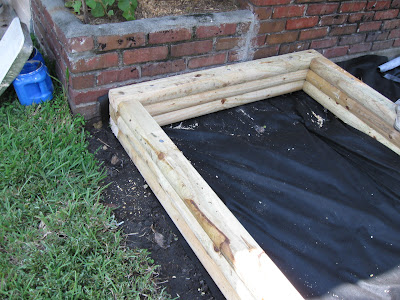Depending on the amount of sweet potatoes you harvest, no preservation could be needed at all. If you only have a few pounds, then just brush off the dirt, lay them on a cardboard in the sun for a few hours to harden, and you can store them in the pantry. Usually, that's all I do with the harvest.
On the other hand, if you have a large harvest, then it probably would not fit into a regular pantry. Authoritative sources, such as University of Florida, advise to store sweet potatoes in "cool storage" - between 55 to 65 degrees. Well, that's great, but we don't exactly have root cellars in Florida, and the average house garage is far from being "cool" storage, even in the winter. Indigenous people throughout the ages stored sweet potatoes either in sand, or in ash, or in hay. These methods would work even in a hot garage or other storage, but the potatoes themselves should be absolutely perfect, with no nicks or damage; otherwise they will certainly start to rot, and infect their neighbors in the storage bins.
This year I decided to can my sweet potato harvest, and here's why: canning is a sure way to preserve these root vegetables with little risk of spoilage, and the subsequent cooking is practically non-existent, just heat up and eat. I don't care for "sweet" sweet potatoes, such as pies, but like them in a way of home fries with salt and cayenne. Canned sweet potatoes can be perfect for either scenario.
So, to can sweet potatoes all you need is a pressure canner (I have a cheapo Presto from WalMart), some canning jars and other paraphernalia related to canning. All that can be easily obtained from WalMart or Tractor Supply.
Peel and slice sweet potatoes in about 1/2 to 1/4 inch slices, and put in water. They would turn dark immediately if left in the open air that oxidizes them. As you can see, the water in this basin is quite murky, that's because sweet potatoes have a lot of starch in them:
Pressure canned like that, the potatoes can store for a long time at room temperature, and used whenever you have a hankering for some Thanksgiving-tasting side dish.
You might also be interested in:
Grow sweet potatoes from store bought
Vegetable yields per plant





















